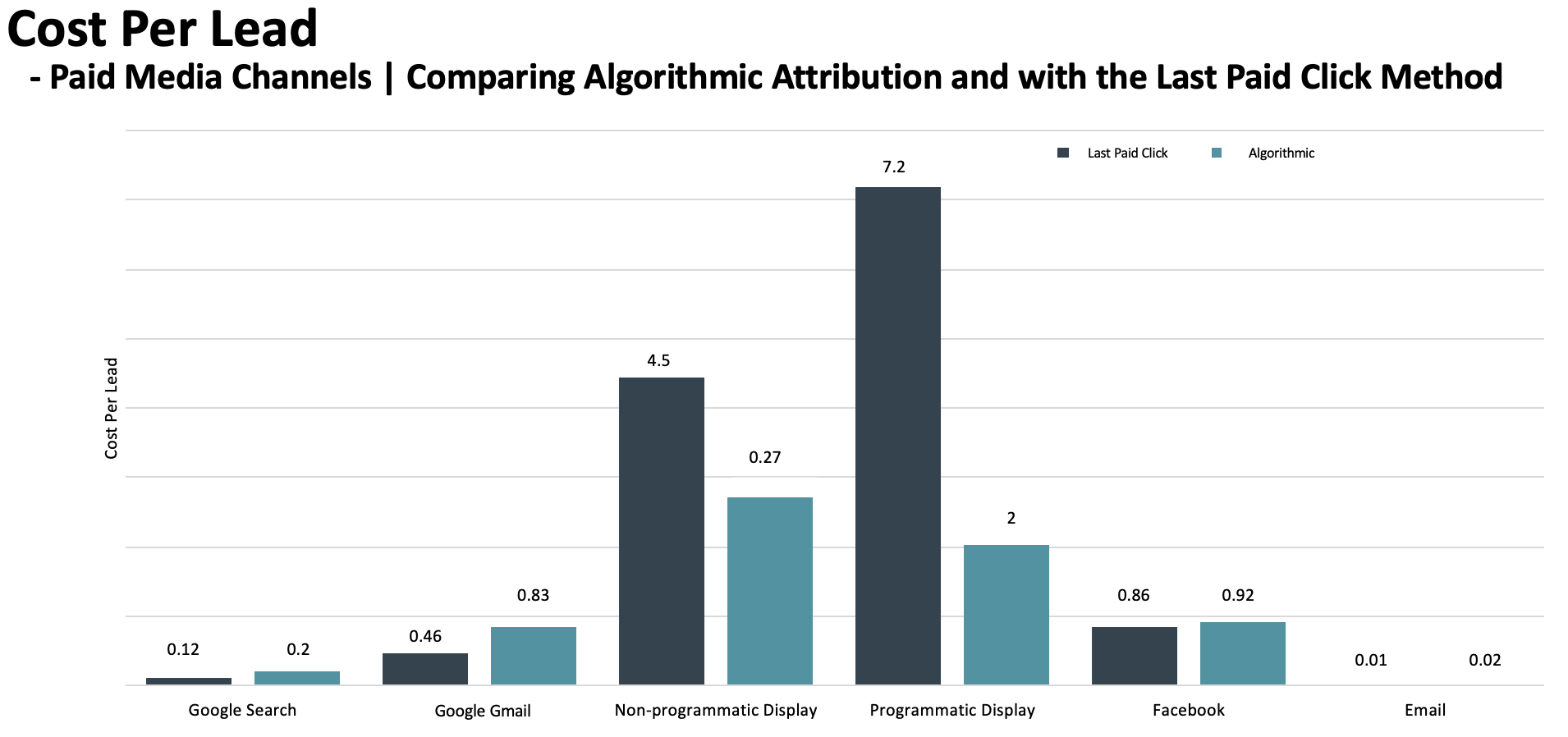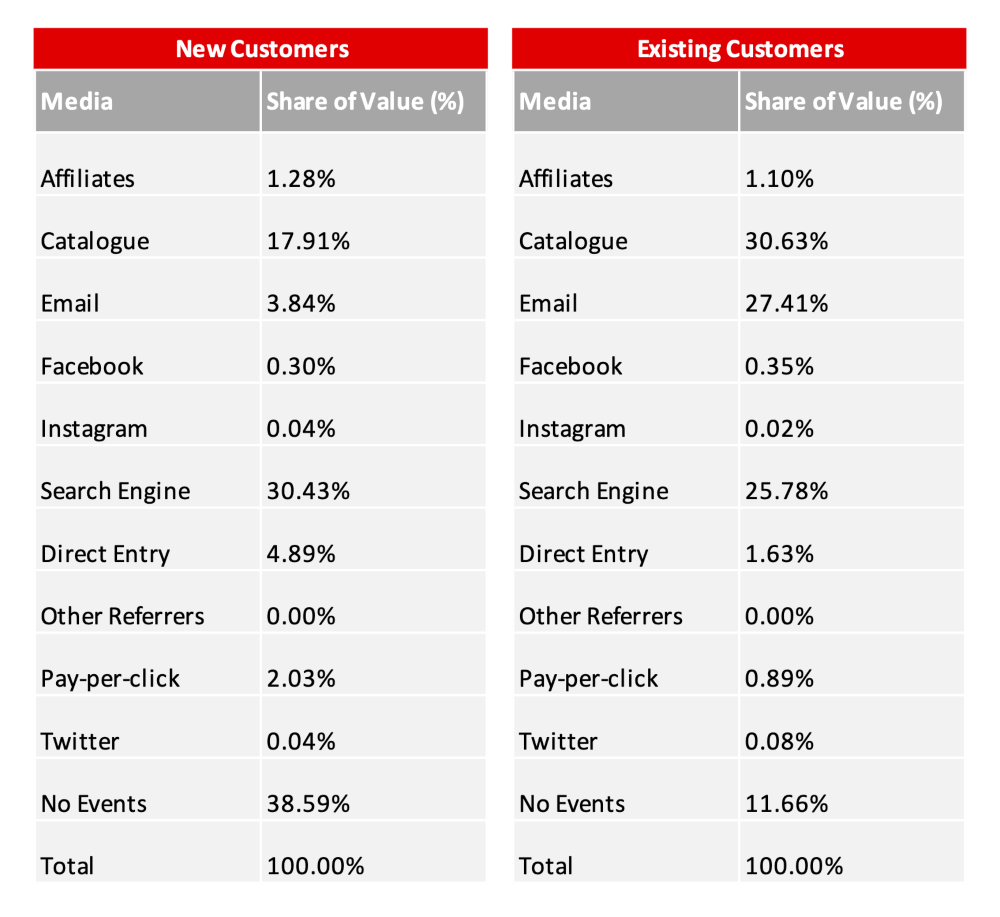

The last touch model is, in some ways, the inverse of the first touch attribution model. It’s not the most helpful model if you’re trying to figure out what finally pushes people to hand their money over and become a customer. This method is great at helping you figure out what’s sparking an interest in your brand/product. Nothing else receives any recognition by the model. In a scenario like this, no matter how many interactions take place after the initial touch, it is the first touch that gets all the credit here. Clicked an Instagram link and then finally bought something from you.Watched a YouTube video about your company.Left and then clicked a Facebook Ad that brought them back.Left your website after clicking the Google Ad.In the first-touch attribution model, aka first-click, you give the first touchpoint in your chosen lookback window 100% of the credit.įor instance, if you’re running a Google Ad and someone clicks on it and then buys something from you later on, that ad will receive 100% of the credit. This then makes it easier for you to crunch the numbers and determine what’s producing a good ROI, and what isn’t. However, if you have a look-forward window, you can track repeated revenue and thus, lifetime value. If you look at this data in isolation, and perhaps through the lens of a lookback window, it will not make sense, and it will look as though you’re losing money. So, if you spend $500 to acquire a customer, they might only spend $100 in their first transaction. ROAS is usually inverted because your customer acquisition cost is higher than the first conversion value.
#Multi touch attribution windows#
Look-forward windows are common in the SaaS space, where the return on ad spend (ROAS) is usually inverted. If you know your numbers, you will likely know how long it’ll take until this person covers the acquisition cost. It’s often used when customer acquisition costs outweigh the revenue you get from the first conversion.įor example, you might spend $90 to acquire a customer, but this individual’s initial transaction with you may only amount to $25.

On the other hand, if you don’t provide a multi-touch attribution model with a specific outcome, it can be hard for it to identify what is contributing to this result and what isn’t.Ī look-forward window can help you figure out how much you earn from a customer in a set time period. That’s because if you have a specific outcome in mind, your multi-touch attribution model/tool can help you adapt your marketing strategy so that it has a greater chance of driving this specific outcome at a more desirable price. That said, multi-touch attribution works best for anyone that’s trying to build marketing campaigns that’ll deliver a specific goal. This will then help you reduce wasted marketing spend, and you’ll also be able to achieve an improvement in marketing ROI.

You can figure out what you should and shouldn’t keep doing. Who Can Benefit from Multi-Touch Attribution and Why?Īnyone running marketing campaigns will benefit from multi-touch attribution.Ī solid multi-touch attribution model will help you figure out where your marketing dollars are going and what exactly is producing results.


 0 kommentar(er)
0 kommentar(er)
